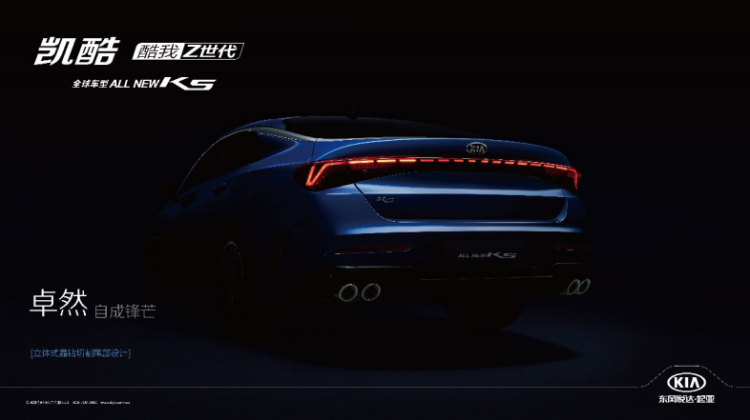Road to Road, very Avenue. The hearty driving pleasure originates from the connection between man and car, like a rider and his beloved horse, with a tacit understanding, a tacit understanding… What is the driving pleasure of “human and horse integration”?
Everyone knows the next-generation MAZDA3 Angkesaila, and some people own the next-generation MAZDA3 Angkesaila, but only a few people know how to drive it correctly and unlock the driving pleasure of its “horse and man as one”.

When you open the door of the next-generation MAZDA3 Angkesaila, sit in the seat with a strong sense of wrapping, press a button to start, push the gear into D gear, and the vehicle starts to move forward and turn the direction. But at this time, your relationship with this “horse” is unfamiliar, and the horse’s completion of your instructions is also mechanical.
So, how to correctly unlock the “human-horse integration”? The first step of the secret is to find your own “ideal driving posture” advocated by Mazda.
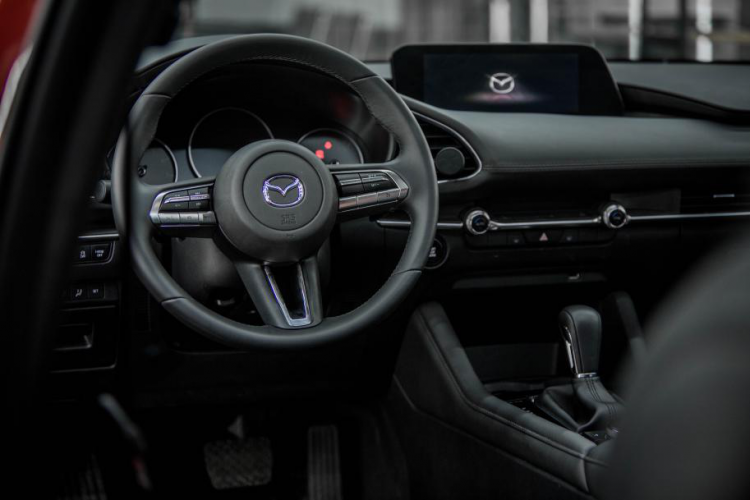
Mazda firmly believes that the “ideal driving posture” is very important to the driver, and the control of the car’s free movement is closely related to the driving posture. In order to study the true meaning of “ideal driving posture”, Mazda’s engineers have been engaged in basic research and development work such as the verification of comfortable joint angles for decades. The “people-oriented” development concept has now become the core of Mazda’s car-making philosophy.
Mazda is committed to achieving the ideal driving posture through three steps –
1. First, what is the definition of “ideal driving posture”?
When the human body is in a relaxed state, body movements will be more rapid and precise. More importantly, such a driving state is less prone to fatigue. That is to say, to find out the posture in which the body can move quickly and accurately, and ensure that it is not easy to fatigue when maintaining this posture, then this driving posture can be defined as the “ideal driving posture”, and at the same time, it is confirmed that each joint of the human body is affected by this posture. Angle.
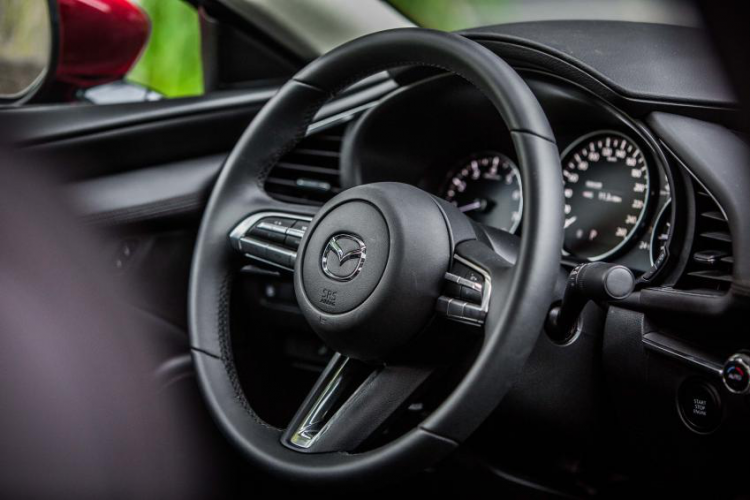
In addition, when evaluating the “ideal driving posture”, Mazda engineers also set a very important factor: sight. When we drive on the highway, our eyes focus on the distance. When driving in urban areas, the line of sight falls to the close. The position of the line of sight changes according to vehicle speed and road conditions. Mazda defines the area that satisfies both the distance and near sight requirements when driving in high-speed and urban areas as the “ideal sight area”, which is also an important consideration when defining the “ideal driving posture”.
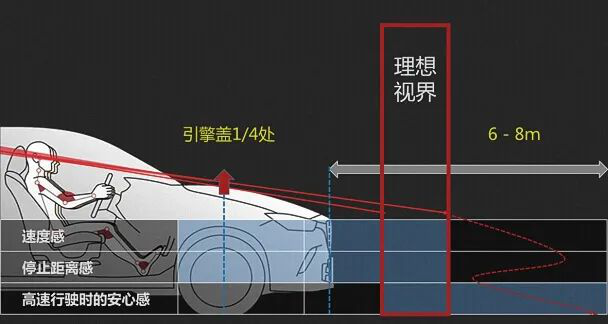
2. How to achieve the “ideal driving posture”?
Mazda engineers set the position of the accelerator and brake pedals to the position where the legs are naturally stretched while maintaining the “ideal driving posture”. In order to achieve this, the design of the front wheel well of the next-generation MAZDA3 Angkesaila has been moved forward to truly change the design of the vehicle according to the needs of the driver.

At the same time, in order to adapt to the seating space and sight area of drivers of all heights and sizes, so that any driver can always maintain the best driving posture, Mazda engineers reset the four-way adjustment range of the seat and steering wheel to ensure that every Every driver can find the most comfortable and natural joint stretching position for himself.
3. In-depth research and development of the characteristics of each control unit
There are two large muscles under the human knee. The tibialis anterior is used to retract the foot and the soleus is used to extend the foot. Do you feel sore tibialis anterior muscle after driving for a long time? That’s due to the fact that the foot isn’t anchored and the pedal doesn’t move in unison with the foot, thus using both the tibialis anterior and soleus. Since the soleus muscle is larger than the tibialis anterior muscle, if we only use the soleus muscle to control the pedals, we can greatly reduce the fatigue of the legs.
To this end, Mazda has developed the “organ-style” pedal. The driver only needs to put the heel on the floor, and the weight of the foot is supported by the reaction force of the organ-type pedal. There is no need to use the tibialis anterior muscle, only rely on the stronger soleus The muscles can easily control the pedals, so as to avoid long-term driving leg fatigue.
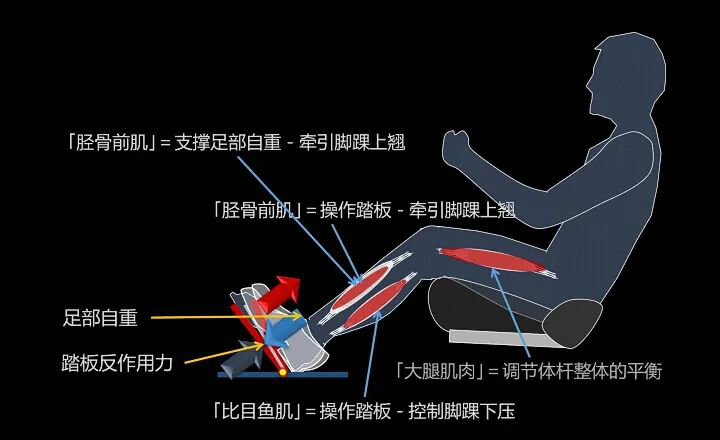
Therefore, every time you sit in the next-generation MAZDA3 Angkesaila, the key first step to unlock the driving pleasure is to adjust your own “ideal driving posture” and find the most comfortable joint posture for you. Then, enjoy the joyful journey of “human and horse integration”.





